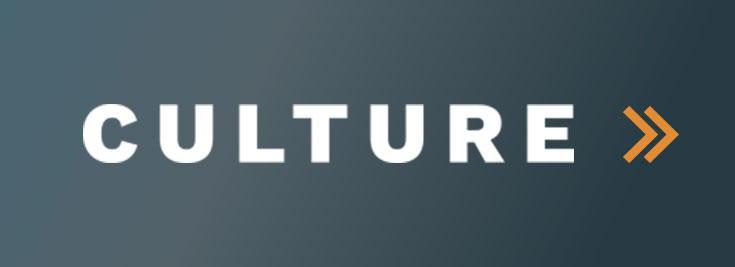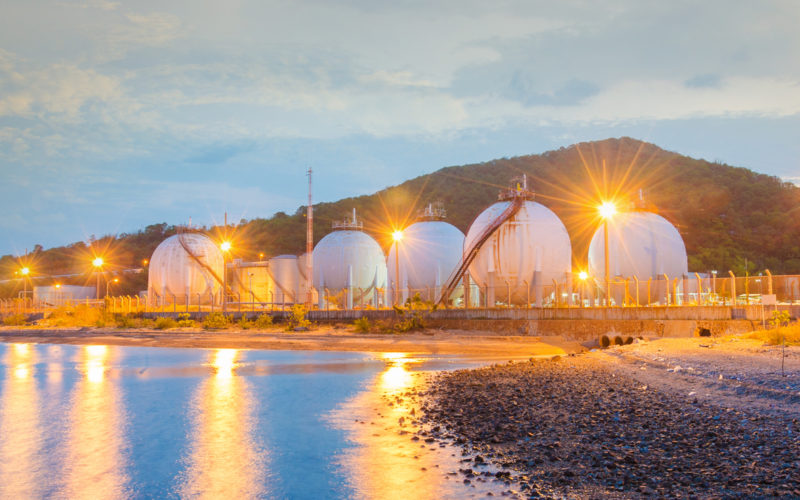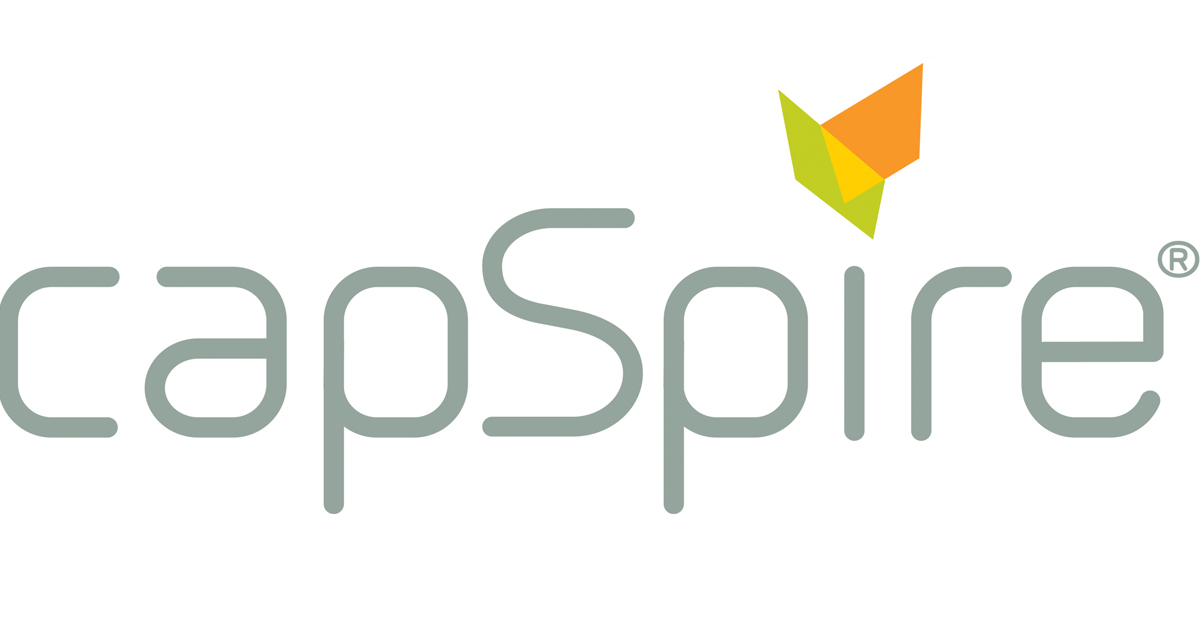1. U.S. demand for liquid petroleum gas (LPG) is highly seasonal with no significant long term growth, while supply is growing rapidly.
Between 2000 and 2017, U.S. demand for LPG (propane and butane) has hovered at around 1.7 million barrels per day. This trend is expected to continue through 2020. Meanwhile, U.S. supply of LPG has risen significantly since 2013 as a result of the shale boom and the subsequent increase in associated wet gas production.
The U.S. is exporting this additional supply around the world. In 2017, LPG exports approached 1 million barrels per day and are expected to reach 1.2 million barrels per day by 2020. Existing and planned export capacity is anticipated to be exceeded by Q1 2019. As such, new LPG export projects will likely be announced in 2018 to take advantage of this shortfall.
2. Global trade in LPGs has doubled since 2013. The growth in supply is largely coming from the U.S., and the growth in demand is mostly coming from China and India.
The growth in supply is a result of the dramatic increase in oil and gas production in the U.S. since the shale boom began around 2009. The construction of new chemical plants in China and increased urbanization in India are the main demand-side drivers. Furthermore, the expansion of the Panama Canal has significantly reduced the cost of delivering U.S. sourced LPGs to East Asia.
3. Canada’s limited NGL pipeline capacity is a peak-season challenge that has yet to be resolved.
During winter months, when propane demand is at its peak, the limited capacity of NGL pipelines means that producers and marketers sourcing from Canada must rely on railcars to reach U.S. customers. However, this doesn’t entirely solve the problem. In January, 2018, operational issues and severe weather at rail yards in Edmonton and Sarnia resulted in delivery delays of 10-17 days. This left propane retailers scrambling to fill the void with inefficient long haul trucks. With the recent approval of the expansion of Kinder Morgan’s Transmountain Express crude pipeline, perhaps it’s time for more investment in propane pipeline takeaway capacity from Canada’s NGL-producing regions.
4. Future ethane prices will be dependent on supply growth and incremental cracker and export capacity.
Between 2013 and 2015, ethane prices hovered around its thermal value (equivalent to natural gas prices) due to growing associated gas production and a lack of propylene cracker capacity. This coincided with significant ethane rejection from processing plants, and more ethane being left in the natural gas stream. By mid-2019, the new crackers built in response will be fully operational and ethane prices are expected to continue to fetch a healthy premium above thermal value, provided that incremental cracker capacity and export projects continue to keep up with supply growth.
5. Smaller NGL producers and marketers are interested in energy trading and risk management (ETRM) systems.
Traditionally, much of the investment in ETRM systems has come from mid-cap to large companies. However, smaller companies experiencing consistent growth also recognize the value in implementing ETRM systems. As NGL producers and marketers expand their operations, their transactions grow in value and quantity, increasing the need to capture deals, assess risk exposure and actualize transactions in a systematic manner. Additionally, these companies have a growing need to replace manual, tedious business practices—such as using spreadsheets—with more efficient practices.
6. Propane producers and marketers are increasingly interested in optimizing their physical supply chains.Common, critical questions for supply and logistics organizations include:
- How much volume should I lock in contractual commitments and how much should I leave to buy on spot markets?
- How do I get bulk propane to strategic storage locations, in the right volume and at the right price?
- Is there a more effective way to manage dispatching and scheduling of propane on various modes of transport?
On the retail supply chain, marketers frequently ask:
- How do I get my propane supply to my commercial, residential, and agricultural customers when they need it?
- How much should I store at each of my storage locations to best meet my demand profile?
- How much inventory should I carry through the fall and winter?
- How do I optimize truck dispatch and transloading with so much optionality?
NGL companies are looking for a solution to help overcome their unique challenges. One powerful technology solution that helps NGL producers and marketers better manage inventory levels, make more informed storage and annual planning decisions, plan for multiple supply and demand scenarios, and maximize margins is capSpire’s Supply Chain Optimization (SCO) for NGLs.
In 2018, capSpire looks forward to helping NGL companies manage their complex operations and identify opportunities to improve margins in today’s market. We look forward to meeting again at next year’s OPIS NGL Summit. capSpire, a global consulting and solutions company with a focus on energy and commodities, provides the unique combination of industry knowledge and business expertise required to deliver impactful business strategies and solutions. Trusted by some of the world’s leading companies, capSpire’s team of industry experts and senior advisors enables clients to effectively streamline business processes and attain maximum value from their supporting IT infrastructure. For more information, please visit www.capspire.com.
About capSpire










